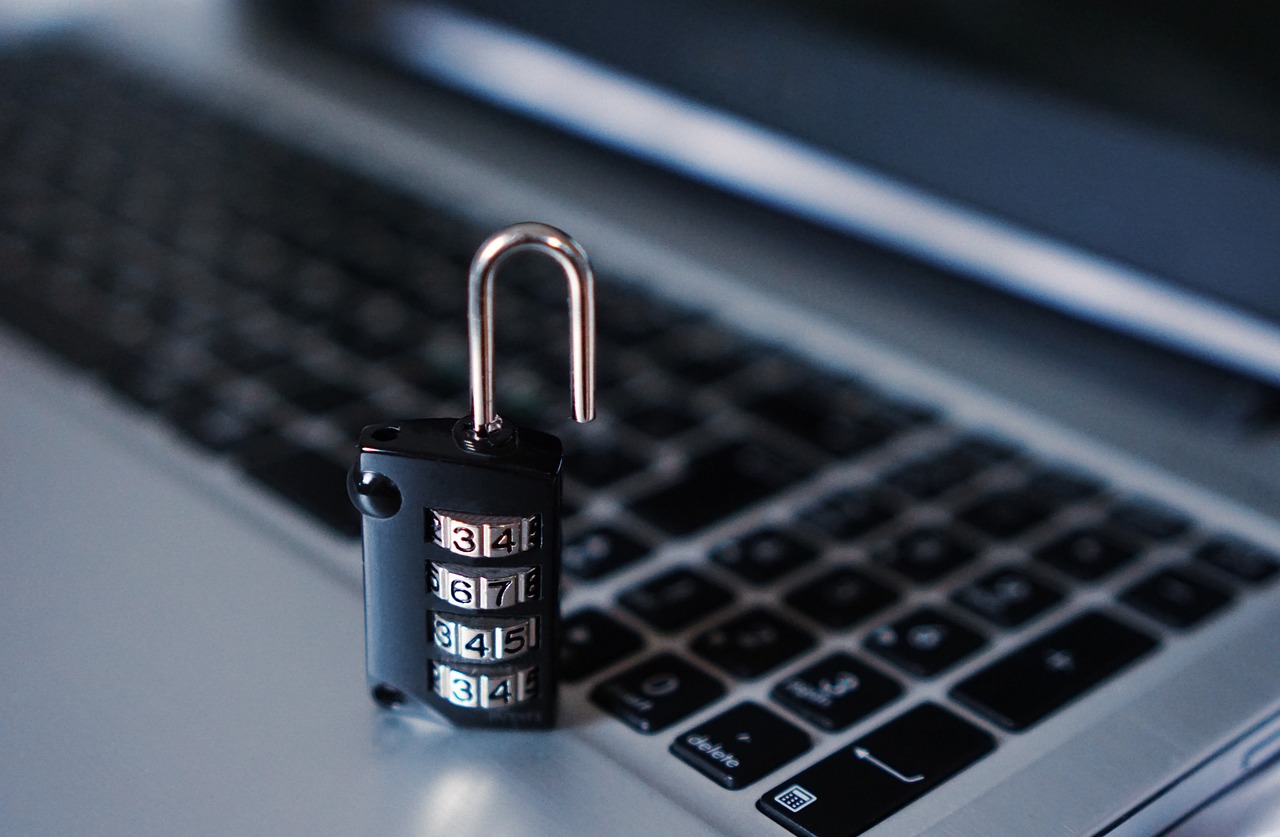Every day, automated hacker bots scour the web in search of vulnerable websites. These malicious pieces of software relentlessly probe a site’s weak points and try to break in hundreds (if not thousands) times per day! Such an attack can come from one or more hackers at once – often leaving your website exposed, even if you didn’t know it was happening. Scraper bots differ as they are trying to copy content instead; however, both remain dangerous threats that could cause major damage unless taken seriously by owners who must ensure their sites keep the site safe from hackers and are constantly up-to-date.
#1 Add a firewall
Protecting your website from malicious bots and actors is critical. An effective way to do so, while also improving site performance, is a distributed denial of service (DDoS) attack-blocking firewall at the CDN level. This specialized protection will identify suspicious traffic before it reaches your server, shielding it from harm – resulting in increased security as well as faster delivery of static content for visitors!
#2 Change URL to login page
Don’t let hackers barge their way into your website – deter them with the power of regularly updated login URLs! With plugins, it’s easy to keep up this simple security measure that can make a huge difference in keeping unwanted visitors from accessing your site. Change it often and stay one step ahead of cyber criminals; you’ll be glad you did! Also, always check that you have a reliable VPN active when you enter the site. For example, VeePN is a free trial VPN that uses a strong encryption system and other advanced security algorithms. Just visit here and you will understand how valuable this tool can be in everyday life, including for protection against hackers. Do not ignore personal protection by trying to focus only on the site itself. You can become the very weak link that threatens the site.
#3 Limit logins to your site
If you want to protect your WordPress site from hackers, WordFence is an excellent security tool. However, if login blocking and limiting attempts are what you’re after specifically, Limit Login Attempts Reloaded should be your go-to plugin! This powerful software automatically blocks any IP attempting more than a set number of failed logins – with the option to customize this limit according to self preference; notifying both user and admin via email when it does so. And that’s just one part of its protection plan: whitelisting/blacklisting by username or IP address? Definitely possible too! As well as compatibility with the Sucuri Website Firewall for maximum cybersecurity measures taken care of in no time.
#4 Beware of Plugins
WordPress plugins are like open doors to your site. If left unchecked, hackers could be walking in without you even realizing it! Old and abandoned plugins can provide easy access for cyber criminals – if vulnerabilities exist they won’t get patched or fixed because the developer has moved on from them. Even worse, malicious actors may buy these out-of-date codes as a means to sneak malware into your website when you least expect it. Make sure all of WordPress’s ‘locks’ are up-to-date by consistently checking that each plugin is active and regularly maintained… before disaster strikes!
There is advice for everyone who works with the website. Very often hackers use the human factor. To better protect yourself from data interception, you should use VPN for Android every time you connect to the site. Using the VPN app, your data is encrypted. This means that even if the data falls into the hands of fraudsters until the data reaches the VPN servers, it is of no value to hackers. Also, use an Android VPN on a Smart TV or streaming device when connected to the network at all times, so you will have a better chance of staying safe in any circumstances. This is one of those tools that have become a must in today’s world.
#5 Backup your site
Protect your website from unexpected disasters with UpdraftPlus! This powerful WordPress Backup Plugin is trusted by over two million users and can be configured to create automatic daily backups that are sent directly to cloud storage such as Dropbox. One user was able to restore their entire site after accidentally removing all theme layout files – don’t let it happen again; use UpdraftPlus for peace of mind when backing up your precious online assets.
#6 Remove XML-RPC.php
If you have a WordPress site, it is critical to protect yourself from malicious hackers. Removing the XML-RPC file can make your website much more secure and prevent intrusion attempts like brute force logins or code injection. By taking this step, you will be able to safeguard your data and ensure that only authorized visitors are accessing sensitive information on your site. With just an FTP connection and a few updates in the .htaccess file, this simple yet highly effective security measure could save significant time & money down the road!
#7 Use a strong password and 2FA
Keep your WordPress site as secure as possible with robust passwords and two-factor authentication. Create strong passwords that are at least 8 characters long, featuring a mix of uppercase and lowercase letters, numbers, and symbols to make it hard for hackers to guess. Make sure the password isn’t something easily guessed like “password” or your birth date either! Add an extra layer of protection by enabling Two-Factor Authentication – you’ll need another form of verification such as a code sent through email or phone before being able to access the site.
Conclusion
When it comes to protecting your WordPress site from cyber attacks, there is no one-size-fits-all solution. Instead, make sure that you cover all the bases and use as many security measures as possible. This includes taking preventive measures such as limiting user permissions and making regular backups while also utilizing specialized tools like Sucuri’s Website Firewall.






